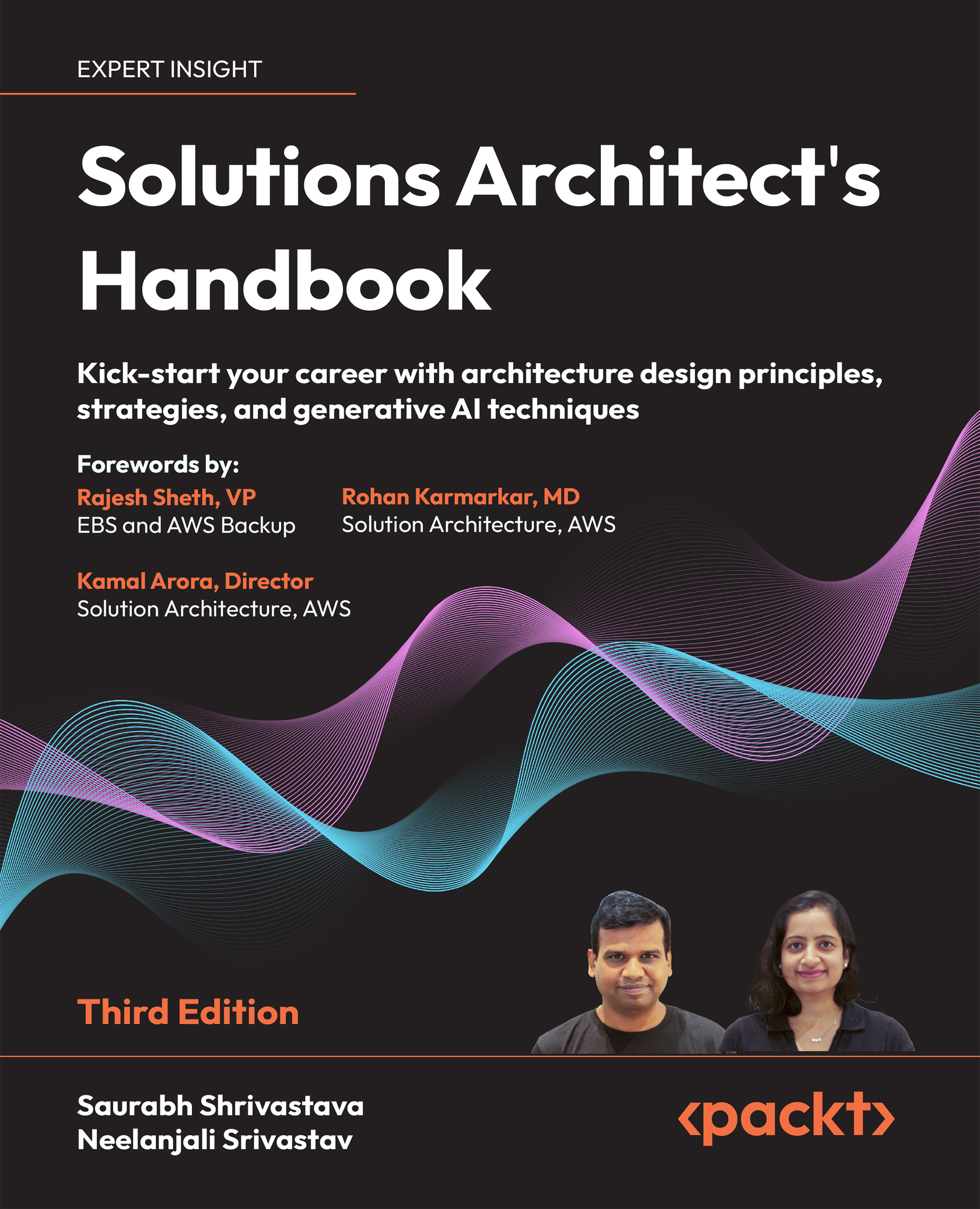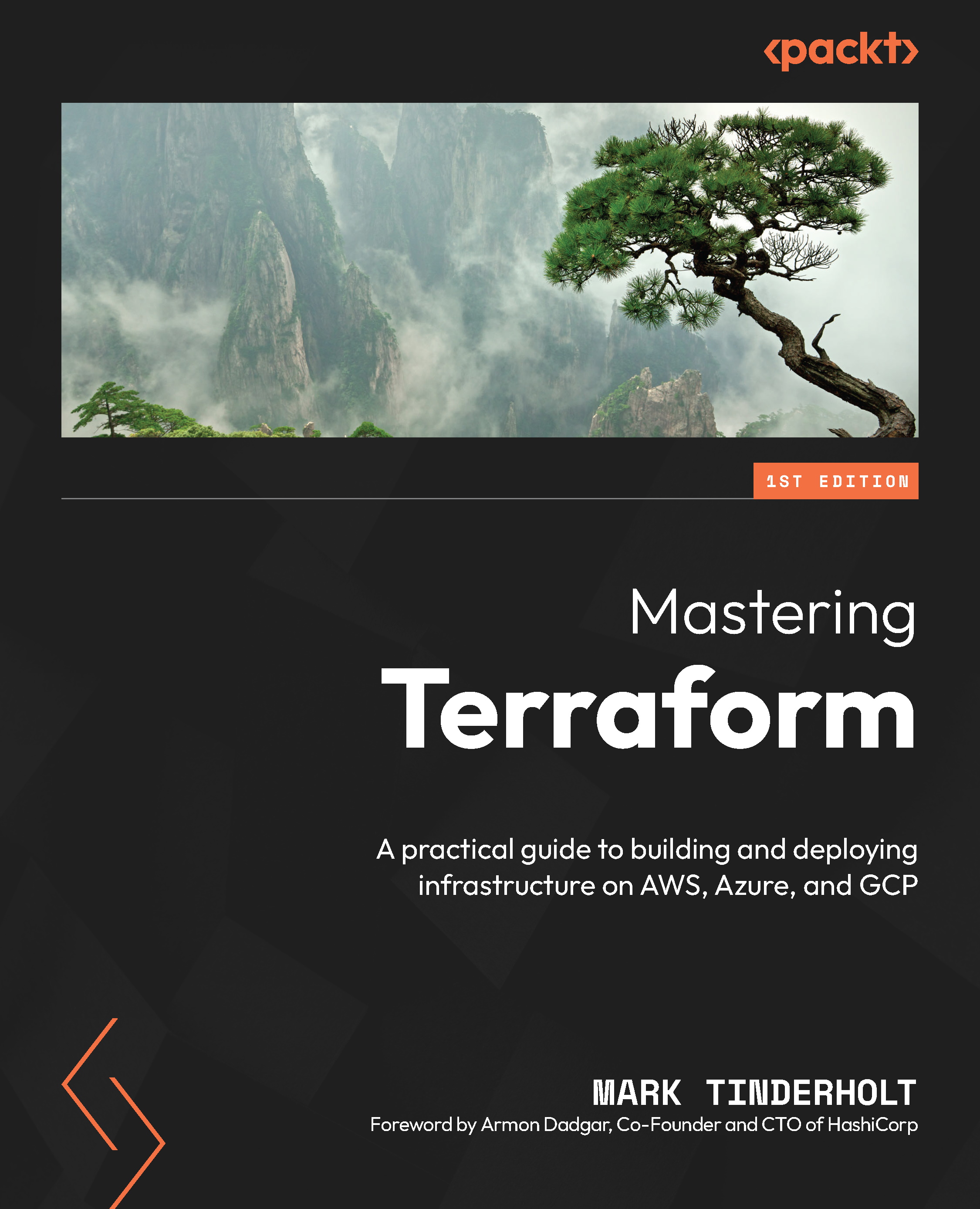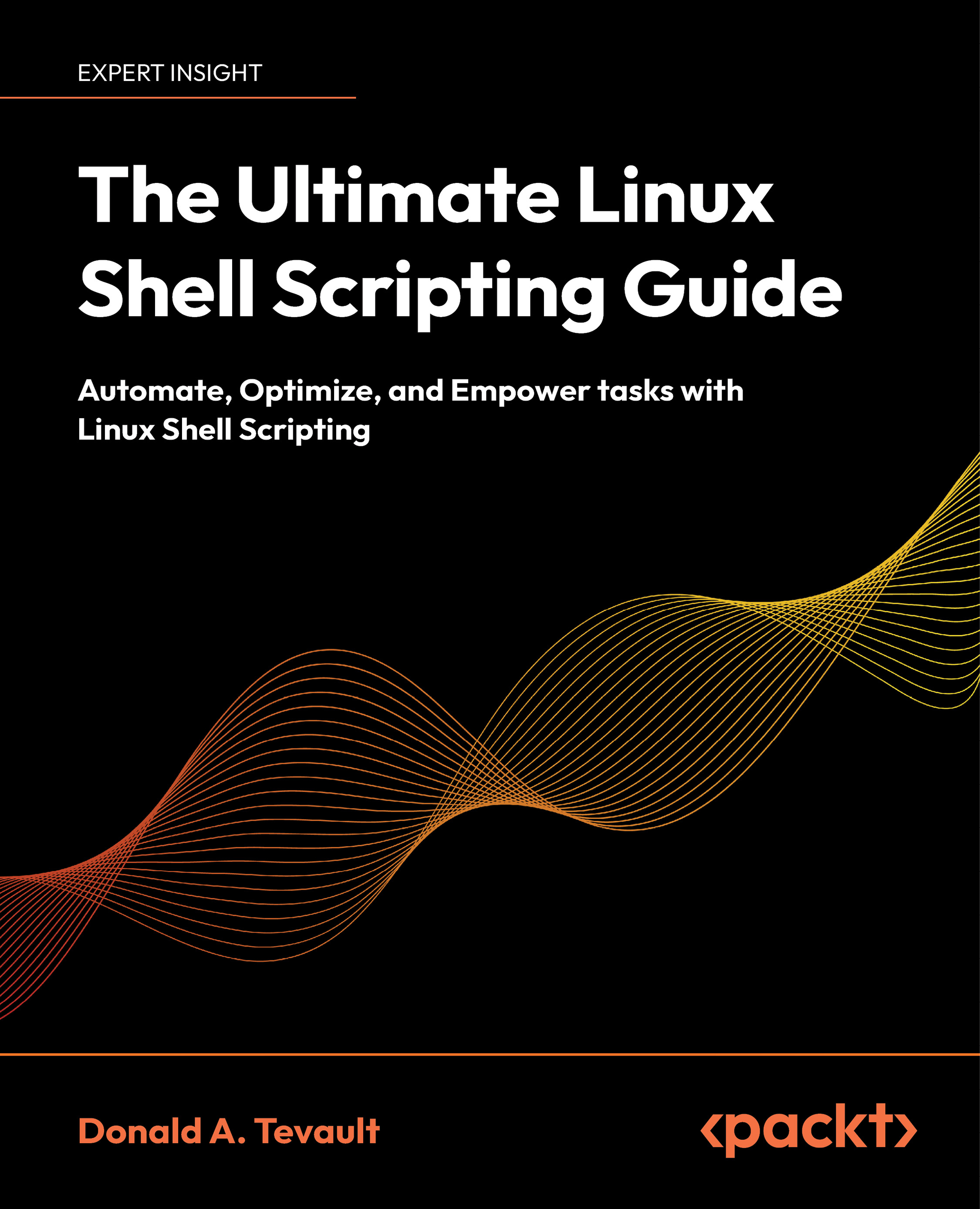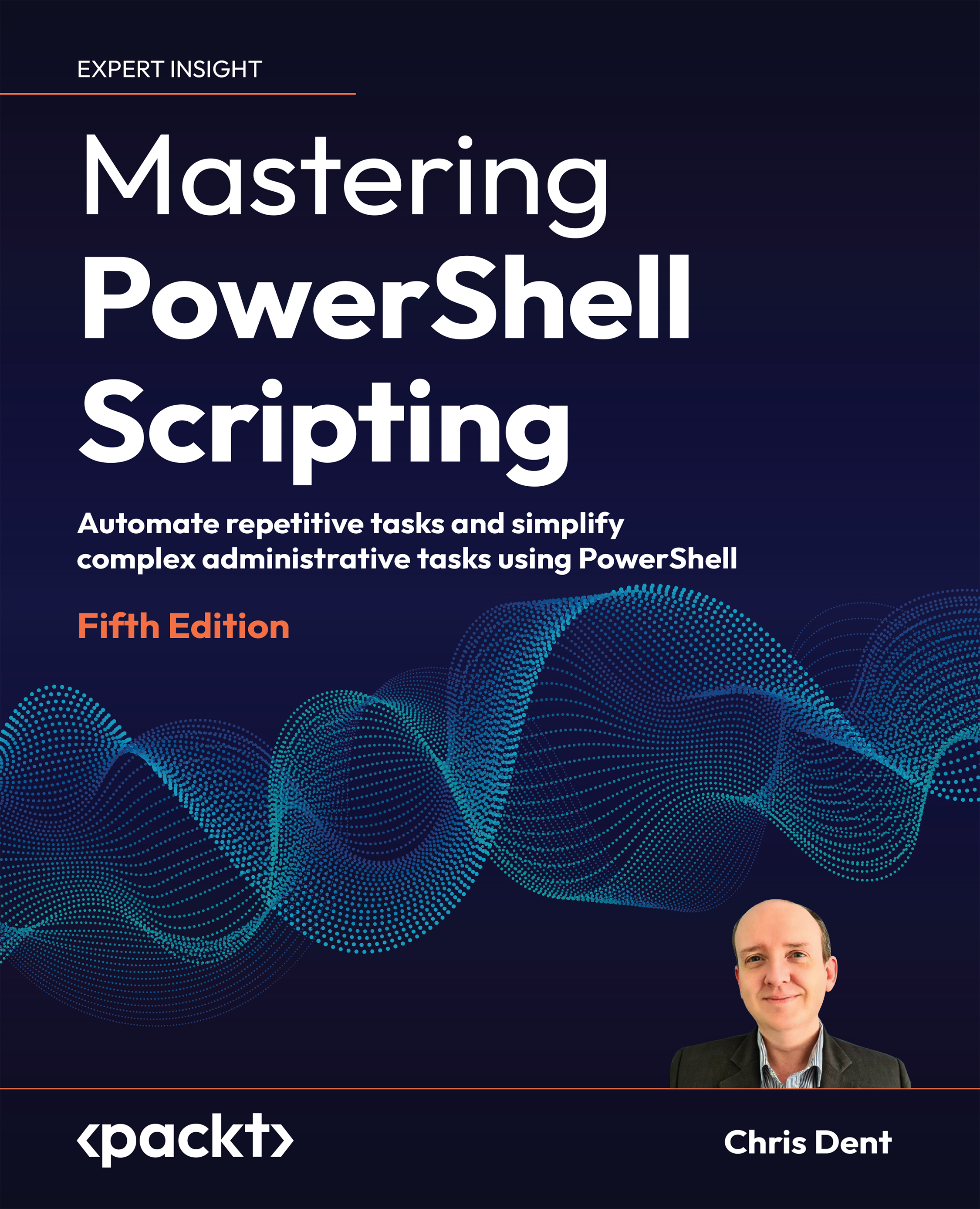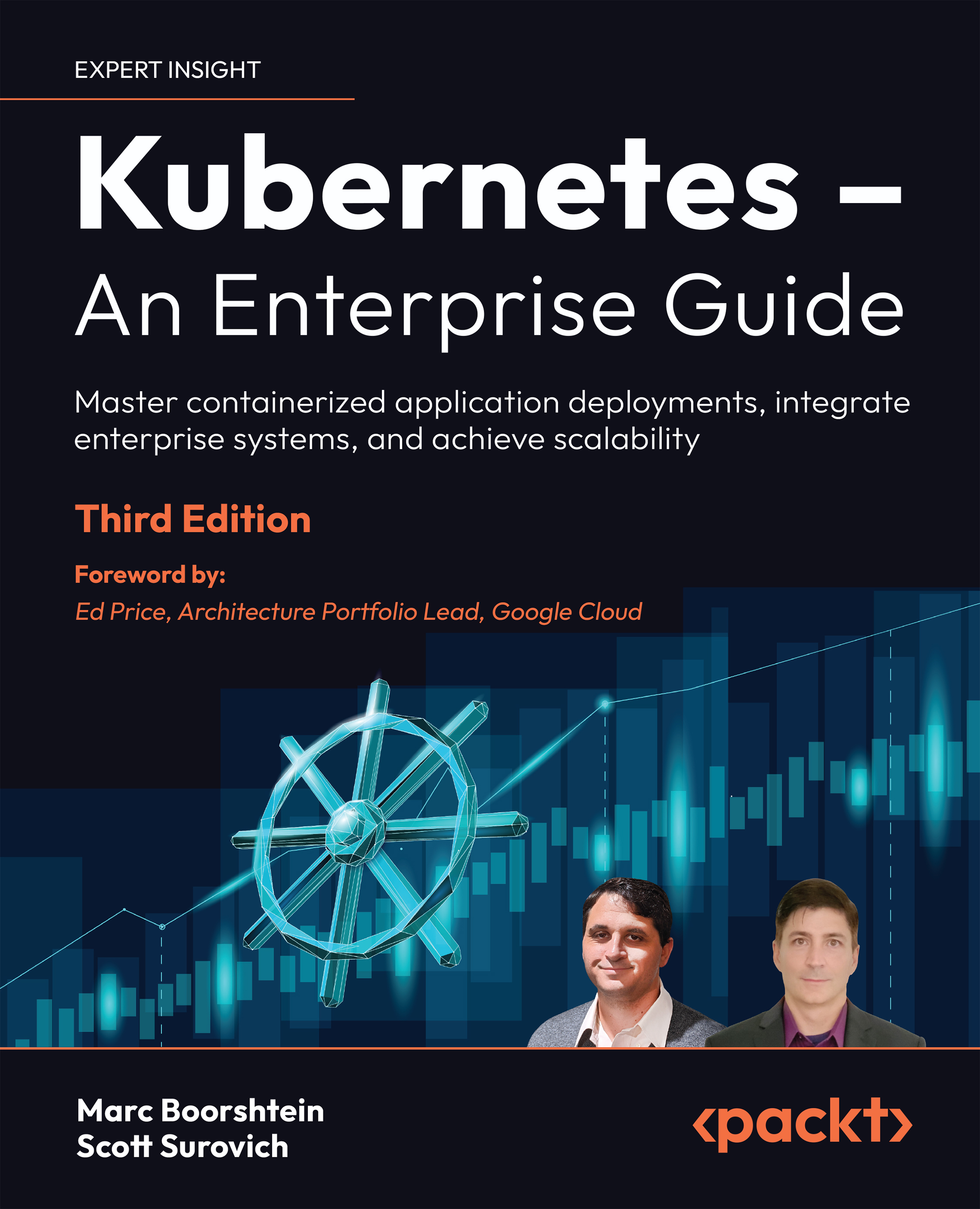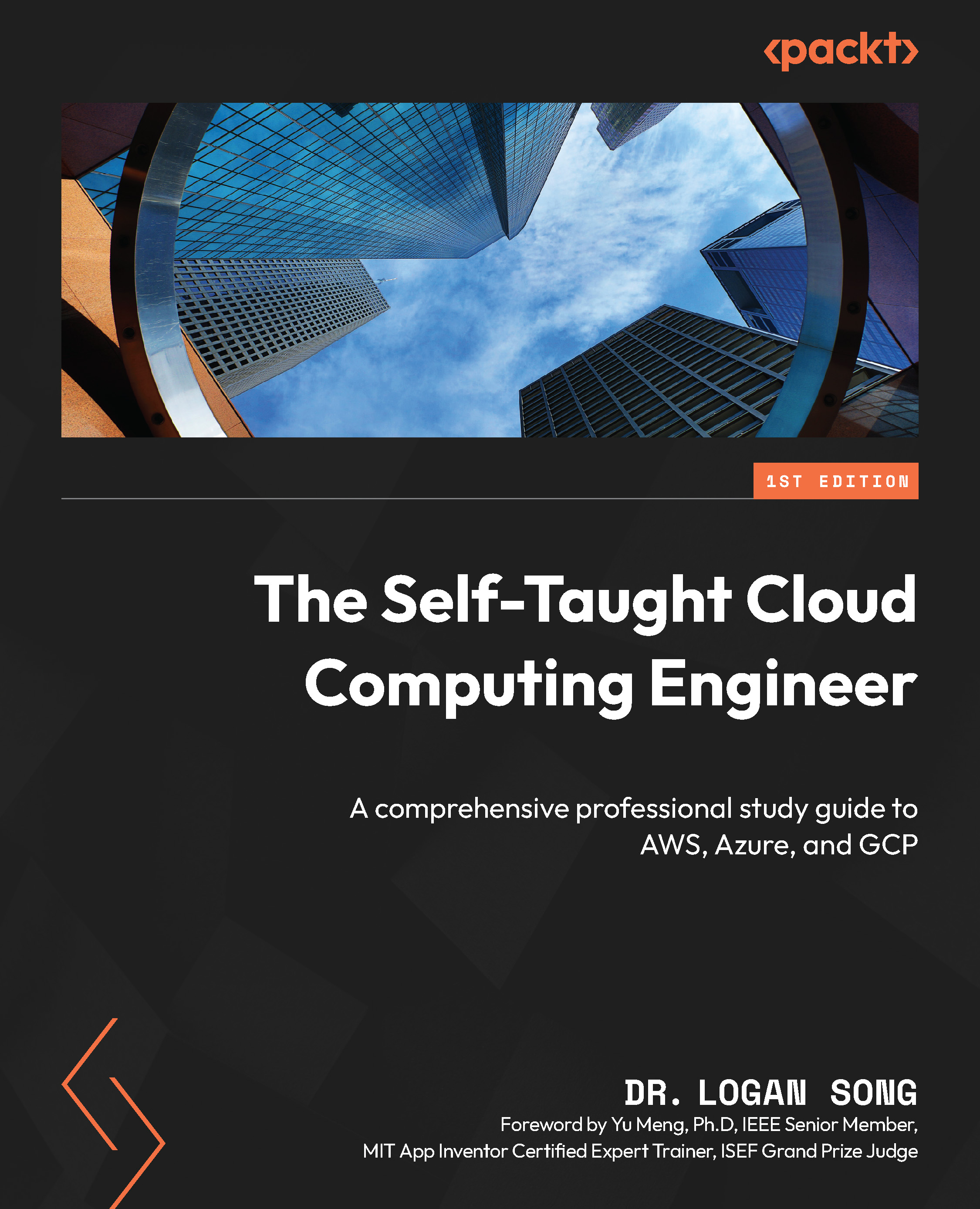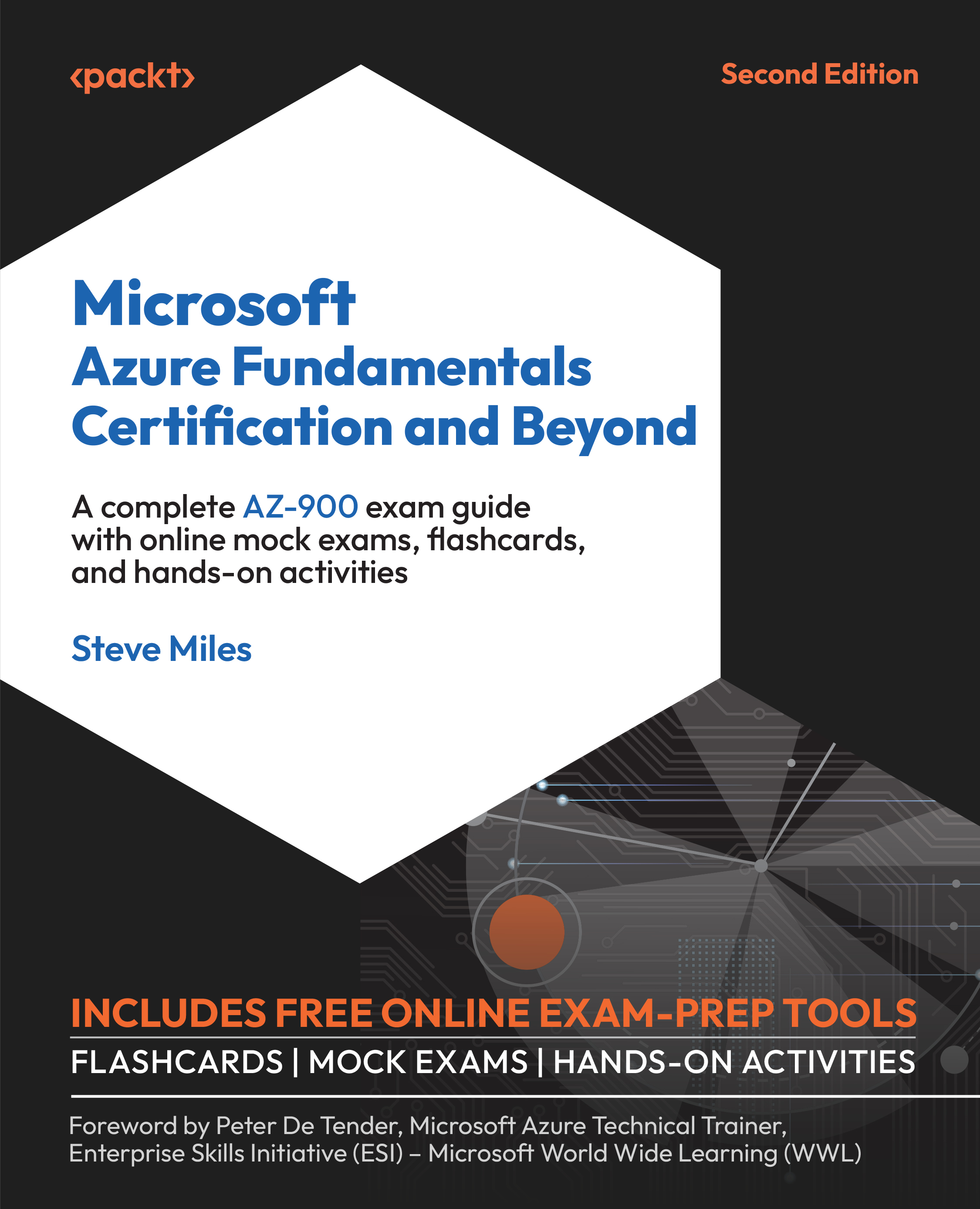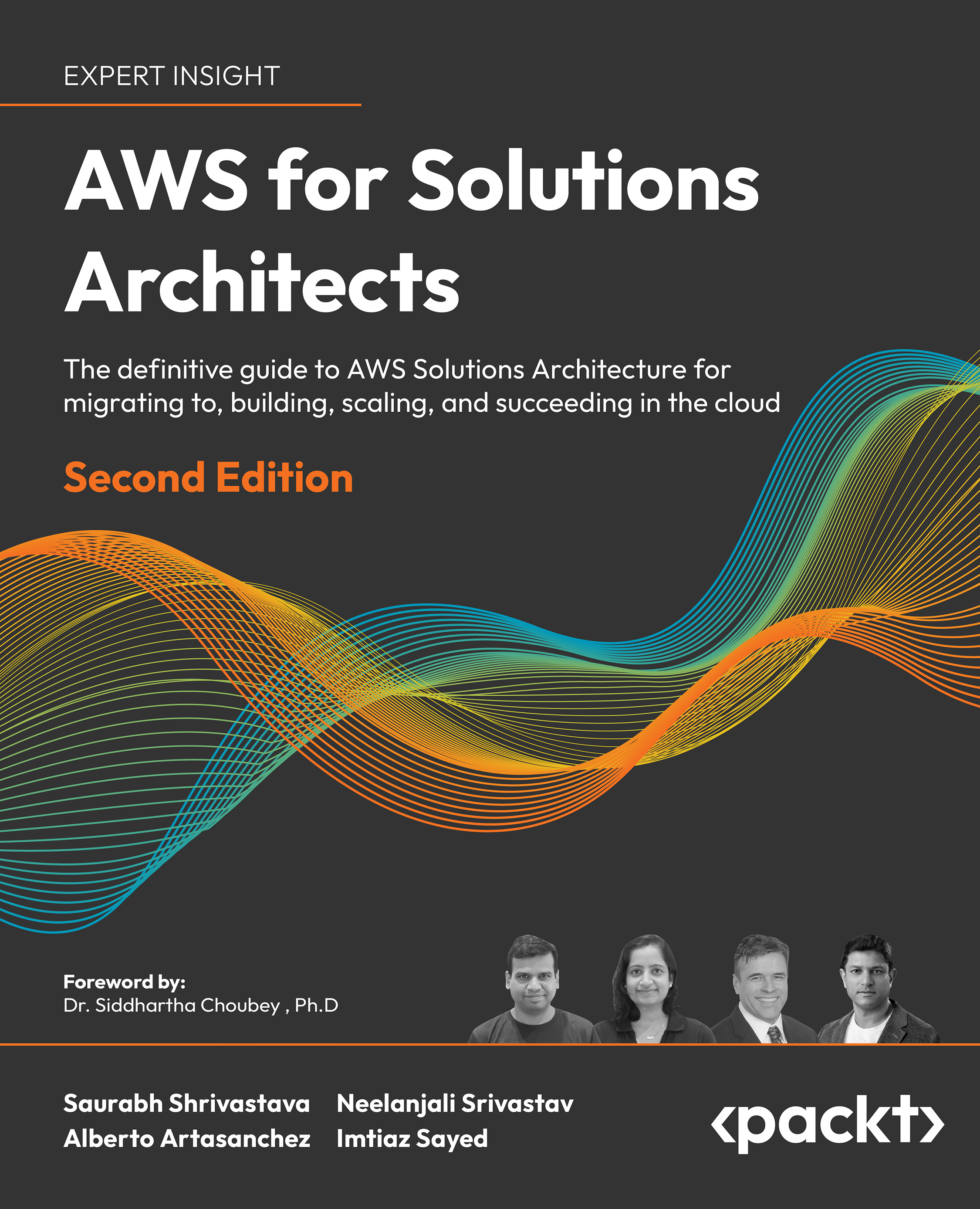Redundant Array of Independent Disks (RAID) has been a fundamental storage technology for the last 30 years. However, as data volume and component capacities scale dramatically, RAID-based storage systems are increasingly showing their limitations and fall short of today's and tomorrow's storage needs.
Disk technology has matured over time. Manufacturers are now producing enterprise-quality magnetic disks with immense capacities at ever lower prices. We no longer speak of 450 GB, 600 GB, or even 1 TB disks as drive capacity and performance has grown. As we write, modern enterprise drives offer up to 12 TB of storage; by the time you read these words capacities of 14 or more TB may well be available. Solid State Drives (SSDs) were formerly an expensive solution for small-capacity high-performance segments of larger systems or niches requiring shock resistance or minimal power and cooling. In recent years SSD capacities have increased dramatically as prices have plummeted. Since the publication of the first edition of Learning Ceph, SSDs have become increasingly viable for bulk storage as well.
Consider an enterprise RAID-based storage system built from numerous 4 or 8 TB disk drives; in the event of disk failure, RAID will take many hours or even days to recover from a single failed drive. If another drive fails during recovery, chaos will ensue and data may be lost. Recovering from the failure or replacement of multiple large disk drives using RAID is a cumbersome process that can significantly degrade client performance.
Traditional RAID technologies include RAID 1 (mirroring), RAID 10 (mirroring plus striping), and RAID 5 (parity).
Effective RAID implementations require entire dedicated drives to be provisioned as hot spares. This impacts TCO, and running out of spare drives can be fatal. Most RAID strategies assume a set of identically-sized disks, so you will suffer efficiency and speed penalties or even failure to recover if you mix in drives of differing speeds and sizes. Often a RAID system will be unable to use a spare or replacement drive that is very slightly smaller than the original, and if the replacement drive is larger, the additional capacity is usually wasted.
Another shortcoming of traditional RAID-based storage systems is that they rarely offer any detection or correction of latent or bit-flip errors, aka bit-rot. The microscopic footprint of data on modern storage media means that sooner or later what you read from the storage device won't match what you wrote, and you may not have any way to know when this happens. Ceph runs periodic scrubs that compare checksums and remove altered copies of data from service. With the Luminous release Ceph also gains the ZFS-like ability to checksum data at every read, additionally improving the reliability of your critical data.
Enterprise RAID-based systems often require expensive, complex, and fussy RAID-capable HBA cards that increase management overhead, complicate monitoring, and increase the overall cost. RAID can hit the wall when size limits are reached. This author has repeatedly encountered systems that cannot expand a storage pool past 64TB. Parity RAID implementations including RAID 5 and RAID 6 also suffer from write throughput penalties, and require complex and finicky caching strategies to enable tolerable performance for most applications. Often the most limiting shortcoming of traditional RAID is that it only protects against disk failure; it cannot protect against switch and network failures, those of server hardware and operating systems, or even regional disaster. Depending on strategy, the maximum protection you may realize from RAID is surviving through one or at most two drive failures. Strategies such as RAID 60 can somewhat mitigate this risk, though they are not universally available, are inefficient, may require additional licensing, and still deliver incomplete protection against certain failure patterns.
For modern storage capacity, performance, and durability needs, we need a system that can overcome all these limitations in a performance- and cost-effective way. Back in the day a common solution for component failure was a backup system, which itself could be slow, expensive, capacity-limited, and subject to vendor lock-in. Modern data volumes are such that traditional backup strategies are often infeasible due to scale and volatility.
A Ceph storage system is the best solution available today to address these problems. For data reliability, Ceph makes use of data replication (including erasure coding). It does not use traditional RAID, and because of this, it is free of the limitations and vulnerabilities of a traditional RAID-based enterprise storage system. Since Ceph is software-defined and exploits commodity components we do not require specialized hardware for data replication. Moreover, the replication level is highly configurable by Ceph managers, who can easily manage data protection strategies according to local needs and underlying infrastructure. Ceph's flexibility even allows managers to define multiple types and levels of protection to address the needs of differing types and populations of data within the same back end.
By replication we mean that Ceph stores complete, independent copies of all data on multiple, disjoint drives and servers. By default Ceph will store three copies, yielding a usable capacity that is 1/3 the aggregate raw drive space, but other configurations are possible and a single cluster can accommodate multiple strategies for varying needs.
Ceph's replication is superior to traditional RAID when components fail. Unlike RAID, when a drive (or server!) fails, the data that was held by that drive is recovered from a large number of surviving drives. Since Ceph is a distributed system driven by the CRUSH map, the replicated copies of data are scattered across many drives. By design no primary and replicated copies reside on the same drive or server; they are placed within different failure domains. A large number of cluster drives participate in data recovery, distributing the workload and minimizing the contention with and impact on ongoing client operations. This makes recovery operations amazingly fast without performance bottlenecks.
Moreover, recovery does not require spare drives; data is replicated to unallocated space on other drives within the cluster. Ceph implements a weighting mechanism for drives and sorts data independently at a granularity smaller than any single drive's capacity. This avoids the limitations and inefficiencies that RAID suffers with non-uniform drive sizes. Ceph stores data based on each drive's and each server's weight, which is adaptively managed via the CRUSH map. Replacing a failed drive with a smaller drive results in a slight reduction of cluster aggregate capacity, but unlike traditional RAID it still works. If a replacement drive is larger than the original, even many times larger, the cluster's aggregate capacity increases accordingly. Ceph does the right thing with whatever you throw at it.

In addition to replication, Ceph also supports another advanced method of ensuring data durability: erasure coding, which is a type of Forward Error Correction (FEC). Erasure-coded pools require less storage space than replicated pools, resulting in a greater ratio of usable to raw capacity. In this process, data on failed components is regenerated algorithmically. You can use both replication and erasure coding on different pools with the same Ceph cluster. We will explore the benefits and drawbacks of erasure-coding versus replication in coming chapters.
 United States
United States
 Great Britain
Great Britain
 India
India
 Germany
Germany
 France
France
 Canada
Canada
 Russia
Russia
 Spain
Spain
 Brazil
Brazil
 Australia
Australia
 Singapore
Singapore
 Canary Islands
Canary Islands
 Hungary
Hungary
 Ukraine
Ukraine
 Luxembourg
Luxembourg
 Estonia
Estonia
 Lithuania
Lithuania
 South Korea
South Korea
 Turkey
Turkey
 Switzerland
Switzerland
 Colombia
Colombia
 Taiwan
Taiwan
 Chile
Chile
 Norway
Norway
 Ecuador
Ecuador
 Indonesia
Indonesia
 New Zealand
New Zealand
 Cyprus
Cyprus
 Denmark
Denmark
 Finland
Finland
 Poland
Poland
 Malta
Malta
 Czechia
Czechia
 Austria
Austria
 Sweden
Sweden
 Italy
Italy
 Egypt
Egypt
 Belgium
Belgium
 Portugal
Portugal
 Slovenia
Slovenia
 Ireland
Ireland
 Romania
Romania
 Greece
Greece
 Argentina
Argentina
 Netherlands
Netherlands
 Bulgaria
Bulgaria
 Latvia
Latvia
 South Africa
South Africa
 Malaysia
Malaysia
 Japan
Japan
 Slovakia
Slovakia
 Philippines
Philippines
 Mexico
Mexico
 Thailand
Thailand



